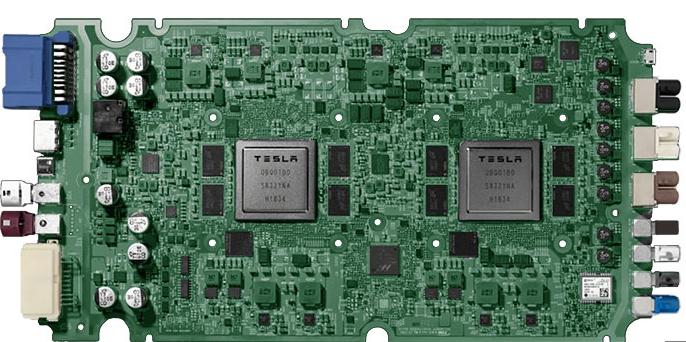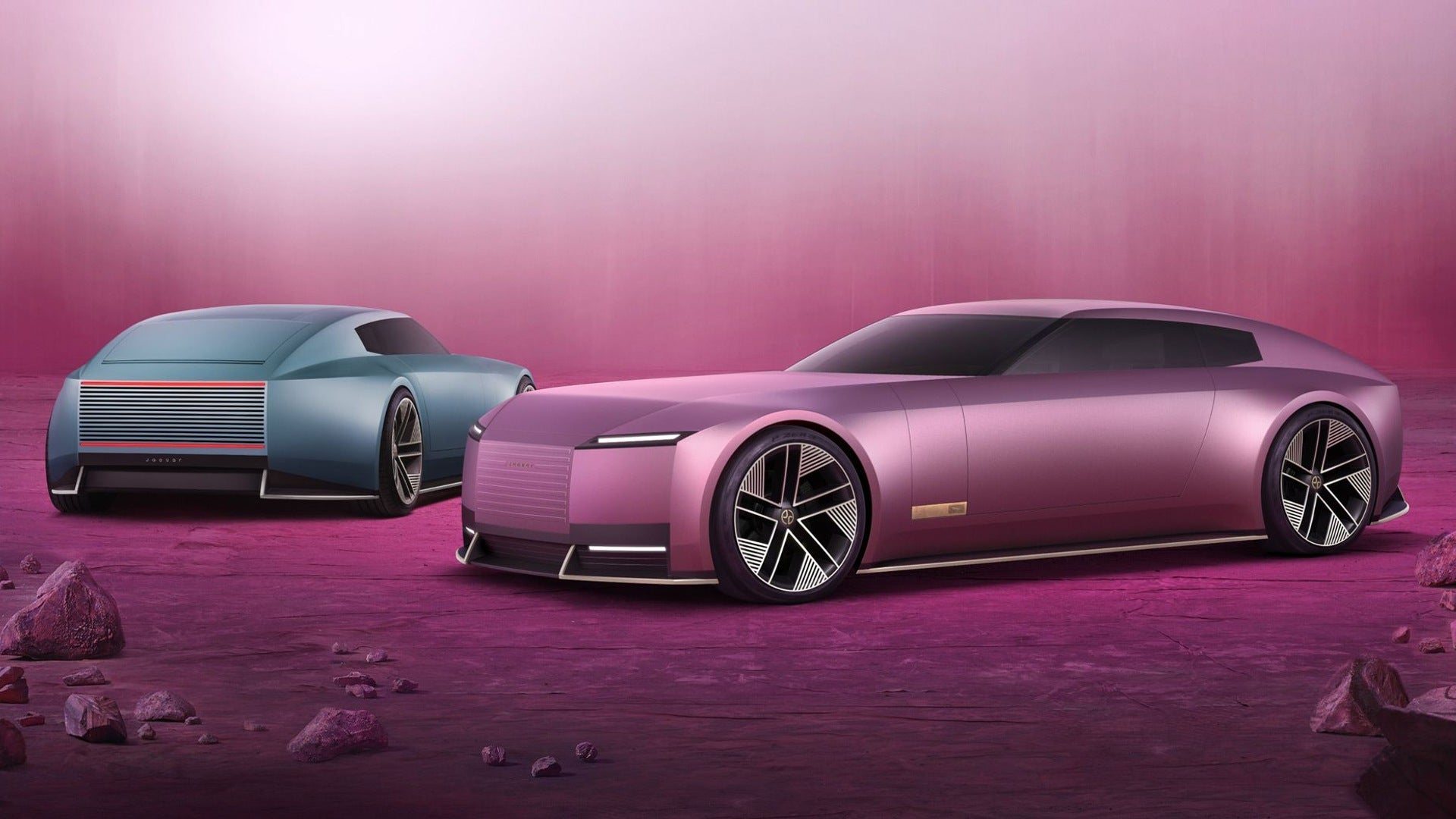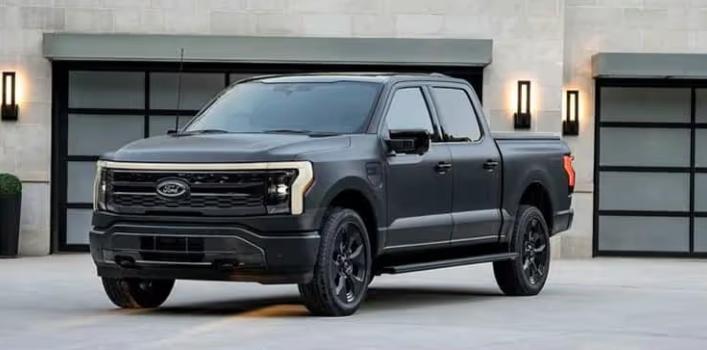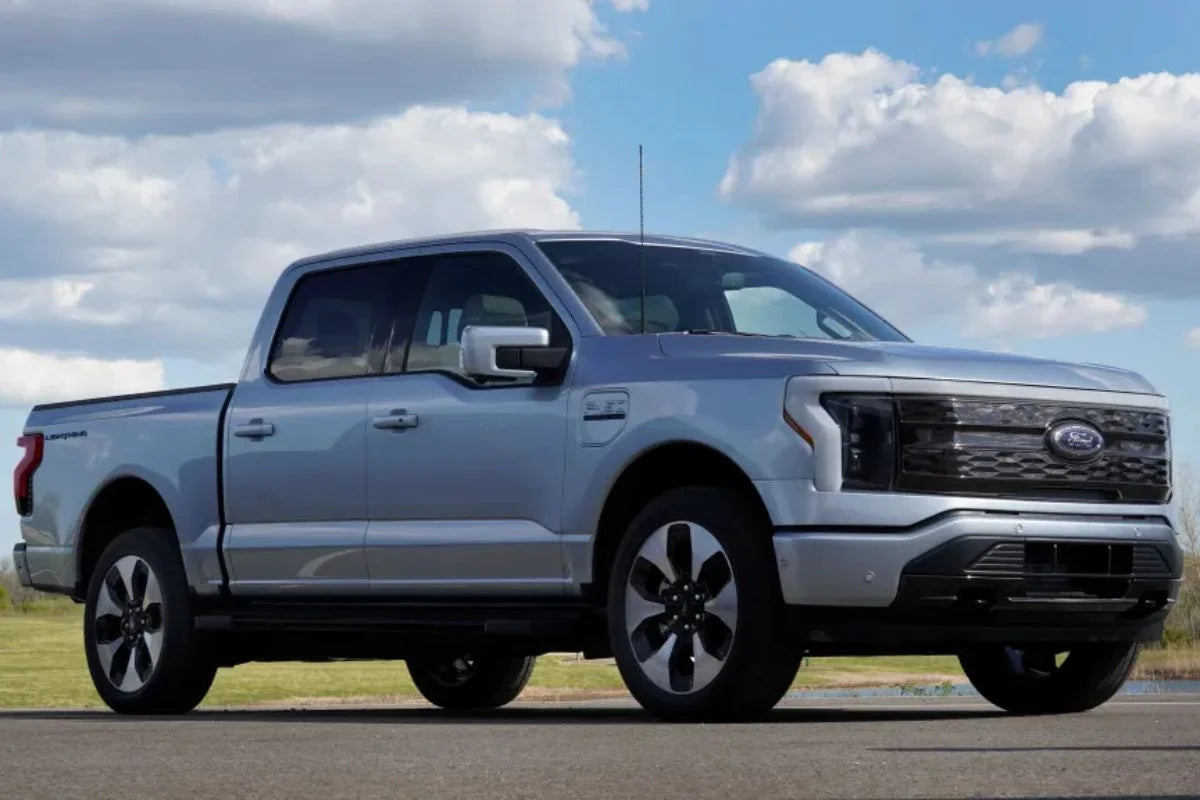Les véhicules HW3 sont confrontés à des mises à jour logicielles FSD plus lentes
Depuis mi-2025, les véhicules Tesla équipés du Hardware 3 (HW3) reçoivent moins de mises à jour que les systèmes HW4 ou HW5 plus récents. Les rapports d' Electrek et d'EVXL confirment que les véhicules équipés du Hardware 3 bénéficient principalement de corrections de bugs mineurs plutôt que de nouvelles fonctionnalités ou d'avancées en matière de conduite entièrement autonome (FSD) .
Tesla n'a pas fourni de feuille de route claire sur la manière dont elle prévoit de soutenir ces véhicules à long terme. Certains conducteurs ont constaté que leurs véhicules HW3 sont désormais moins performants et fonctionnels que les Tesla plus récents.
Les mises à jour logicielles du printemps 2025 révèlent des lacunes fonctionnelles
La version logicielle du printemps 2025 (version 2025.14.1) a révélé plusieurs nouvelles fonctionnalités non disponibles sur les véhicules HW3, notamment ceux équipés d'anciennes unités de contrôle multimédia Intel Atom . Parmi les fonctionnalités manquantes figurent des angles de caméra d'angle mort étendus et des améliorations de visualisation.
Cela a renforcé la perception selon laquelle Tesla supprime progressivement le support du HW3.
Elon Musk annonce une mise à niveau matérielle pour les acheteurs de FSD
Lors d'une récente conférence téléphonique sur les résultats financiers, Elon Musk a reconnu que Tesla devra probablement remplacer les ordinateurs HW3 de tous les véhicules équipés du pack de conduite entièrement autonome. Cette mesure s'inscrit dans la promesse de longue date de Tesla de fournir des fonctionnalités FSD, même si cela implique de moderniser du matériel plus ancien.
Bien qu'aucun calendrier officiel de mise à niveau de masse n'ait été publié, la déclaration de Musk est considérée comme un engagement à honorer les attentes des acheteurs de FSD.
HW3 prend désormais en charge FSD v12.5 grâce à l'optimisation
Malgré certaines limitations, les ingénieurs de Tesla ont déployé avec succès la version 12.5.1.4 de FSD sur un groupe de véhicules HW3 internes grâce à des techniques de compression de modèles et d'optimisation du compilateur. Cette mise à jour a considérablement amélioré les performances de HW3, réduisant l'écart avec HW4 dans certains domaines.
Cependant, les futures versions de FSD pourraient s'avérer trop exigeantes pour que HW3 puisse les prendre en charge sans autres compromis en termes de portée des fonctionnalités ou de latence.
Réactions mitigées des propriétaires de HW3
Les retours des propriétaires de véhicules HW3 restent mitigés. Certains font état d'excellentes expériences avec les versions récentes du FSD, comme la 12.6.4, tandis que d'autres affirment que le système est devenu « inutilisable », même sur autoroute. Les discussions sur Reddit et les forums Tesla reflètent à la fois optimisme et frustration, selon l'environnement de conduite et les attentes de l'utilisateur.
On craint de plus en plus que l'accent de développement de Tesla se déplace entièrement vers les plateformes HW4, HW5 et les futures plateformes Robotaxi.
Tableau récapitulatif : État du projet HW3 en 2025
| Catégorie | Statut |
|---|---|
| Prise en charge du logiciel FSD | Limité aux mises à jour mineures ; v12.5 pris en charge |
| Plan de mise à niveau du matériel | Promis aux acheteurs de FSD, pas encore de calendrier |
| Parité des fonctionnalités | Fonctionnalités clés manquantes du printemps 2025 |
| Satisfaction du propriétaire | Divisé ; les performances varient selon le cas d'utilisation |
| Perspectives d'avenir | Probable baisse progressive du soutien |
Conclusion
Le système HW3 de Tesla, autrefois au cœur de sa vision du pilotage automatique, est aujourd'hui confronté à l'obsolescence technologique. Si certaines mises à jour continuent d'arriver, l'avenir du HW3 dépend fortement de la volonté de Tesla de proposer des mises à niveau matérielles gratuites et de maintenir la compatibilité avec l'évolution du logiciel FSD.
Si vous êtes propriétaire d'une Tesla avec HW3 ou si vous envisagez un modèle d'occasion, il est important de peser les limites actuelles de la plateforme par rapport aux promesses de mise à niveau de Tesla.
Sources
Auteur : Lay Wen
Lecture recommandée : Tesla doit rembourser l'intégralité des frais de conduite autonome après avoir échoué à fournir cette fonctionnalité.








Partager:
Les véhicules Tesla HW3 équipés de puces Intel Atom ne bénéficient pas des fonctionnalités de la mise à jour de printemps, révèle Sawyer Merritt.
Tesla lance la première station de recharge solaire entièrement hors réseau en Californie